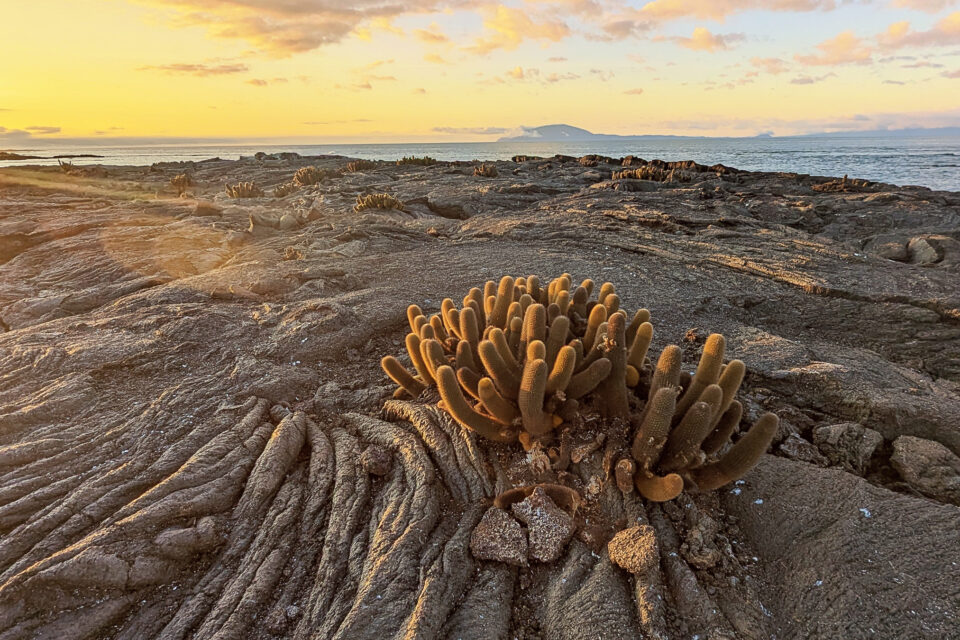

COP27: Will world leaders step up in an era of global uncertainty?
A year on from COP26 in Glasgow and the announcement of the new Hermandad Marine Reserve in Ecuador, we find ourselves gearing up for another climate change conference at a time of deep global uncertainty. Will we see the same levels of commitment and leadership that we did in 2021?
As COP27 kicks off in Sharm el-Sheikh, in the year that marks the 30th anniversary of the adoption of the United Nations Framework Convention on Climate Change, it’s vital that we keep up the pressure on world leaders to deliver tangible progress on tackling climate change. There is a real danger that the gains made last year in Glasgow will be squandered, with politicians feeling the heat domestically thanks to skyrocketing energy prices and economic pressures triggered by the war in Ukraine. But turning coal power stations back on and opening up new oil and gas fields is a short-sighted and counter-productive response. What the crisis in Ukraine shows us is that our reliance on fossil fuels is not just catastrophic for our climate, but a huge geopolitical risk too.
Building climate resilience
Last week at Galapagos Day 2022, Lord Goldsmith, the UK Minister for Asia, Energy, Climate and Environment, spoke passionately about the importance of ocean protection as a means of building climate resilience. As he pointed out, protecting and restoring islands and coastal habitats doesn’t just safeguard biodiversity and sequester more carbon, it also creates natural defences for coastal communities threatened by increasingly powerful and ever more frequent storms. We also know that protecting biodiversity, both in the oceans and on land, creates more resilient ecosystems that can better withstand the unpredictable impacts of extreme weather events fuelled by climate change.

Protecting 30% by 2030
One measure of success at COP27 would be a renewed and enhanced commitment from world leaders to protect 30% of the world’s oceans by 2030, a goal that we are working towards in the Eastern Tropical Pacific in conjunction with our local partners and the Ecuadorian government. At COP26, the Ecuadorian President, Guillermo Lasso, showed real leadership in declaring the new Hermandad Marine Reserve, protecting an additional 60,000km² of ocean around the Galapagos Islands, with 18.9% of Ecuador’s oceans now protected. At COP27, we desperately need to see similar levels of leadership and ambition if the conference is to be judged a success.

Blue carbon
Ocean protection is key to climate resilience (defined as the ability to prepare for, mitigate and adapt to the impacts of climate change). The global ocean and the species that live there play a major role in capturing carbon from the atmosphere – this is known as ‘blue carbon’. This process of carbon capture is inhibited by increasing levels of pollution, habitat degradation and overfishing. Read more about the importance of blue carbon here.
Galapagos Conservation Trust (GCT) is working to protect marine biodiversity by keeping the fish in the sea and keeping pollution out. Therefore, we are increasing the ability of the ocean to act as a natural carbon sink. Healthy oceans have a greater chance of withstanding the impacts of a changing climate. Find out more about blue carbon sinks in Galapagos and GCT’s work to protect them.

Climate change in Galapagos
Climate change is likely to increase the frequency of El Niño events, which can be catastrophic for wildlife in Galapagos, so we must ensure that the Islands’ ecosystems are healthy and resilient.
Related articles


Climate change and plastic pollution: the inextricable link

Santa Cruz: The Evolution of the Agricultural Zone


